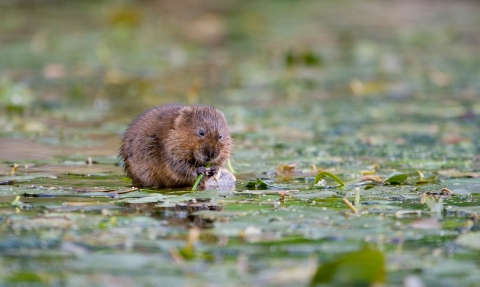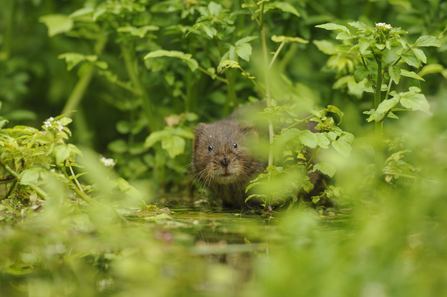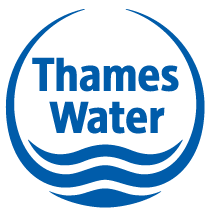
Water Vole Recovery Project
The water vole is Britain’s fastest declining mammal
The water vole, a favourite character in the children’s classic The Wind in the Willows, has lost a staggering 95% of its range since 1900. This is largely due to habitat destruction and the introduction of a voracious predator, the American mink.
BBOWT's Water Vole Recovery Project
BBOWT’s Water Vole Recovery Project, the longest standing local project in the UK dedicated to water vole conservation, has continued to work to help the water vole populations in the three counties.
Working in partnership with the Environment Agency, the Canal & River Trust and Thames Water, we have been monitoring water voles, identifying habitat enhancement opportunities and influencing local landowners to manage sites sympathetically for water voles and implement mink control.
Our work has resulted in a continued increase in the known areas of local water vole activity. In 2018 the National Water Vole Mapping Project, to which the project contributes data, suggested water vole presence had declined by 30% between 2006 and 2015 across England and Wales.
By contrast, our known water vole sites have been steadily increasing during this period. In 2008 the total area of water vole activity in the three counties stood at 321km2, this increased by 78% over the last 10 years to reach 603km2 in 2018.

Water vole by Terry Whittaker/2020Vision
View the latest project survey results
Click below to view an interactive map showing water vole presence/absence data from 2002 - present.
BBOWT water vole survey results
- Red symbolises a positive survey and green indicates a negative survey
- Scroll around the map to see the results in different areas
- Use the Filter tool to search for data by year
- Search for specific survey section codes (e.g. OXC 004 on the Oxford Canal)
- Survey results from the current year will be added in the winter.
Read our project newsletters
How you can help
There are many ways you can help us with this project:
- Tell us about your water vole sightings by emailing watervole@bbowt.org.uk or send us a tweet including @BBOWT.
- If you've seen an American mink or are actively controlling mink, let us know by emailing watervole@bbowt.org.uk.
- Become a volunteer surveyor for the project. Contact us for more information on watervole@bbowt.org.uk.
- Download the Environment Agency's advice sheet about managing your site for water voles or contact us for further advice.
- Visit the Planning Advice webpage for more information about protecting water voles during the planning process.
- Help support projects like this by joining BBOWT today.
Habitat maintenance advice
American mink monitoring
Mink are an introduced predator that can decimate water vole populations. The project advocates the use of mink rafts to monitor and trap mink.
We work with landowners, providing equipment and trapping advice, and aim to install rafts at 1km intervals in and around our known water vole sites. This ensures that any mink travelling along the watercourse are quickly detected and the water vole populations are protected from predation.
The project is currently co-ordinating 190 mink rafts across the three counties and currently looking to expand this in our water vole key areas.
If you are interested in getting involved or spot a mink in your area do get in touch - watervole@bbowt.org.uk
Where to see and how to spot water voles
Look out for water voles along these rivers:
- Kennet and Avon Canal in West Berkshire
- River Chess
- River Kennet
- River Thames - visit Chimney Meadows nature reserve
- River Windrush in Witney
- River Ock in Abingdon
Watch the video below to learn more about water voles and the signs to look out for. In particular, look out for:
- Burrows in the riverbank, often with a nibbled 'lawn' of grass around the entrance.
- Piles of nibbled grass and stems may be found by the water's edge, showing a distinctive 45° angled-cut at the ends.
- 'Latrines' of rounded, 'tic-tac' sized droppings may also be spotted.
A quick guide to water voles (https://youtu.be/Y-fBBFsclNM)
Video kindly provided by Stephen de Vere
Water Vole Recovery Project Partners
This project is a partnership between the Berks, Bucks & Oxon Wildlife Trust and these organisations:



